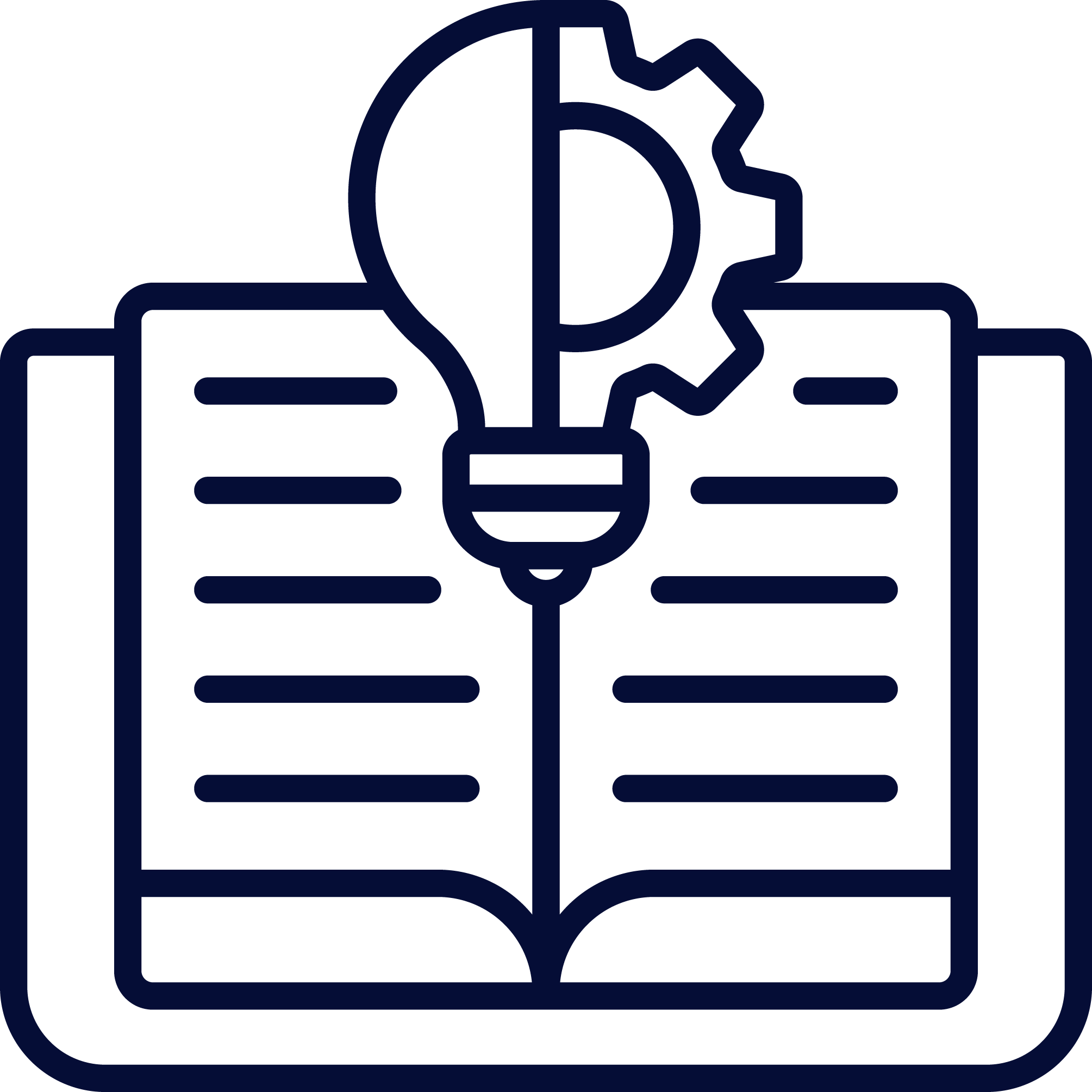
- Overview
- Curriculum
- Feature
- Contact
- FAQs
According to Harvard Business Review, Data Science is the sexiest job of the 21st century.
A recent report by Google concluded that since the last 18 months, the interest in Machine Learning has doubled.
Learn Data Science with Python Certification
Python programming, in the recent years, has become one of the most preferred languages in Data Science. And when it comes to building Machine Learning systems, Python provides an ideally powerful and flexible platform to build on. Through a comprehensive, hands-on approach, this course provides you the opportunity you need to experiment with a wide variety of Data Science and Machine Learning algorithms. We believe that a practical, hands-on approach is the key to meaningful learning and skills advancement. With this in mind, we integrate real-life exercises and activities throughout our trainings, with long-term retention of learning and development in mind.

- Introducing data science, with a focus on the job outlook and market requirements
- Data Science Project Life Cycle
- Basics of Statistics – Measures of Central Tendency and Measures of Dispersion
- Discrete and Continuous Distribution Functions
- Advanced Statistics Concepts – Sampling, Statistical Inference and Testing of Hypothesis
- Introduction of Python Programming, Anaconda and Spyder
- Installation and Configuration of Python
- Control Structures and Data Structures in Python
- Hands-on Applied Statistics Concepts using Python
- Functions and Packages in Python
- Graphics and Data Visualization Libraries in Python
- Introduction to Machine Learning
- Machine Learning Models and Case Studies with Python
- Software developers and programmers who want to reap the benefits of a lucrative Data Science and Machine Learning career
- Data Analysts or Financial Analysts from the non-IT industry who want to make a transition to the IT industry
- Individuals, students and corporate professionals who want to upgrade their technical skill set



